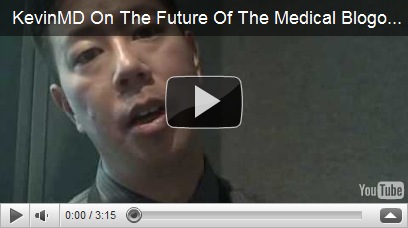Pronouncements From on High
LOS ANGELES, CA -- (Marketwire) -- 01/11/11 -- The sluggish economy and the farthest-reaching health reform in more than 50 years will continue to ratchet up pressure on U.S. providers to reduce costs and improve quality, setting the stage for The Camden Group's annual Top 10 Trends in Healthcare in 2011. These pressures will trigger an avalanche of activity centered on accountable care organizations (ACOs), bundled payments, and patient-centered medical homes. At the same time, they will compel more physicians to seek employment with hospitals or large medical groups and spur more consolidation of hospitals and medical groups/independent practice
"2011 is the year when a growing number of providers move forward with new care delivery models and run into the very real challenges posed by overhauling traditional ways of treating patients. The fundamental question is whether providers can manage costs and improve quality while maintaining provider choice and open access," says Steven T. Valentine, president of The Camden Group. "As always, the devil is in the details."
Yes, indeed it is. (Health Train Express)
Further predictions:
The Camden Group predicts the following Top 10 Trends will have major and continuing impact on the healthcare sector during 2011:
1. Insurance membership takes hit from slow recovery. Few unemployed will take advantage of COBRA while employees, faced with paying more of their health plan premium, will select high-deductible, low-premium PPO plans, hurting HMOs.
2. No easing on payment pressure. Although health plan payments will keep pace with inflation and operating cost increases, they will not make up for declining or stagnant Medicaid and Medicare payments.
3. Patients postpone care, hurting providers too. With high unemployment and underemployment and increased out-of-pocket costs, people will continue to put off treatment, keeping volumes at hospitals, ambulatory centers, and physician offices soft.
4. Cost is king. Soft volume, downward pressure on revenues, and deteriorating payer mix with increased bad debt will drive providers to seek more cost savings. However, unions, staffing ratios, and regulations will make cuts difficult. At the same time, health plans will begin to explore and increase the use of tiered networks and stratify payment to encourage use of lower-cost providers.
5. Capital remains elusive. As in 2010, most non-profit hospitals will find it difficult to access capital. Lenders are requiring an increase in days cash-on-hand, coverage ratio, stronger EBITDA, and smaller borrowings. Credit rating agencies want to see: 1) physician alignment strategy, 2)clinical integration and cost reduction action, 3) IT plan, and 4) plans to capture more market share.
6. Physicians make or break new care models. To improve outcomes and lower costs, hospitals and medical groups will focus on accountable care, bundled payments, patient-centered medical homes, and/or clinical integration. Reducing variation in care -- primarily by physicians -- will be central to any successful strategy. An effective bundled payment strategy, for example, requires specialists to address clinical resource consumption and supply cost and use while standardizing care protocols in conjunction with hospitalists and intensivists.
7. Construction focus is on fast returns. Construction projects will be scaled down, with a focus on regulatory compliance, enhancing throughput, improving care/outcomes, and if possible, capturing additional market share. Providers also will prioritize construction that generates superior returns, such as surgical services and imaging centers. Do not be surprised to see the growth of freestanding emergency departments to reduce the need for hospitals, increase access, and provide capacity for the newly insured.
8. IT becomes more pervasive -- or else. Information technology underpins providers' ability to shift to new care models, so IT moves to center stage with efforts to implement electronic medical records, (EMRs,) computerized physician order entry (CPOE), and health information exchanges (HIEs.) Provided, of course, medical facilities already have in place ePrescribing, PACS, and online results reporting and scheduling.
9. Let's make a deal. Mergers and acquisitions will be brisk as more hospitals and physician groups acknowledge they lack the resources to invest in information technology, facilities, and equipment for new delivery models or the leverage to negotiate effectively with health plans. Given their central role in new models, the value of primary care medical groups will increase. It is possible that health plans will enter the market to acquire these medical groups.
10. Market share, market share, market share. Hospitals and medical groups have underutilized assets and must get them busy. Providers also realize that more volume will generate incremental revenue and decrease per unit cost. Hospitals will hunt for new programs to fill empty or underperforming assets.
We also need to factor in the “Social Media Impact” on ACOs
Social Media goes to the E.R.
Pretty soon it will be all F.U.B.A.R.









